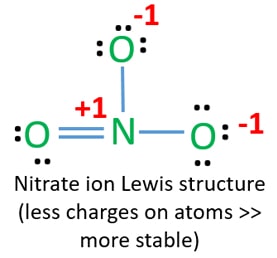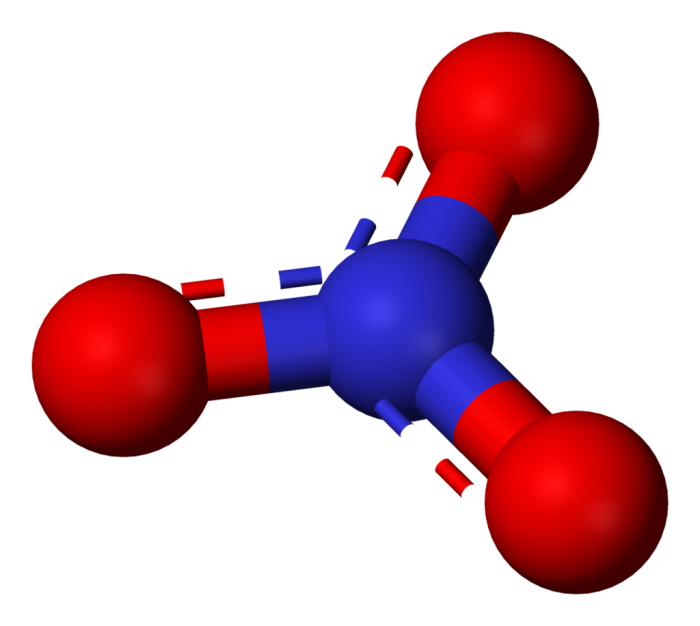

Now consider the ionic compound formed by magnesium and chlorine. Therefore, the proper formula for this ionic compound is MgO. Although both of these ions have higher charges than the ions in lithium bromide, they still balance each other in a one-to-one ratio. When an ionic compound is formed from magnesium and oxygen, the magnesium ion has a 2+ charge, and the oxygen atom has a 2− charge. Only one ion of each is needed to balance these charges. If we look at the ionic compound consisting of lithium ions and bromide ions, we see that the lithium ion has a 1+ charge and the bromide ion has a 1− charge. Each ion is surrounded by ions of opposite charge.īy convention, assume that there is only one atom if a subscript is not present. Although it is convenient to think that NaCl crystals are composed of individual NaCl units, Figure 3.6 “A Sodium Chloride Crystal” shows that no single ion is exclusively associated with any other single ion. A macroscopic sample is composed of myriads of NaCl pairs each pair called a formula unit. Thus, NaCl is the chemical formula for sodium chloride, which is a concise way of describing the relative number of different ions in the compound. In the case of sodium chloride, the ratio of sodium ions to chloride ions, expressed in lowest whole numbers, is 1:1, so we use NaCl (one Na symbol and one Cl symbol) to represent the compound. However, we can use the ratio of sodium ions to chloride ions, expressed in the lowest possible whole numbers, as a way of describing the compound. As you can see, there are no individual NaCl “particles” in the array instead, there is a continuous lattice of alternating sodium and chloride ions. Ionic compounds exist as alternating positive and negative ions in regular, three-dimensional arrays called crystals ( Figure 3.6 “A Sodium Chloride Crystal”). To better understand what a chemical formula means, we must consider how an ionic compound is constructed from its ions. A chemical formulais a concise list of the elements in a compound and the ratios of these elements.

We have already encountered some chemical formulas for simple ionic compounds.

LEARN MOREįight information silos, email overload, and inconsistent communications to bridge the communication gap in your organization. Creating visual experiences makes for integrated, bottom-up learning that bridges the skill gap in your organization.

Training videos are just the first step to transforming the way your company grows. Marketing strategy and lead generation with results you can measureįor teachers & students to inspire creativity and storytelling that will impress the whole classįrom talent acquisition to change management, visual communication helps your business stand out while you attract top talent, onboard new employees effectively, and retain them for the long haul.


 0 kommentar(er)
0 kommentar(er)
